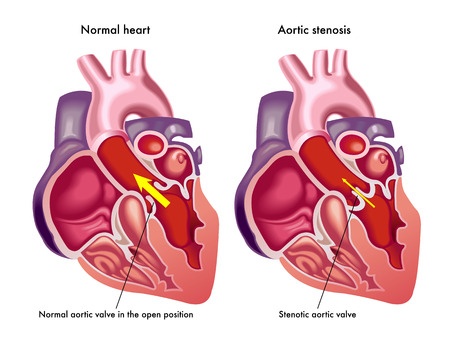Levaquin Fluoroquinolone Antibiotics and Aortic Dissection

Aortic dissection is a serious complication that may be linked to the use of Levaquin and other fluoroquinolone antibiotics, including Cipro and Avelox. One recently published study found that the use of fluoroquinolones may double the chances of an aortic dissection for several months after treatment was initiated.
Fluoroquinolone Lawsuit Reviews
The attorneys at Bernstein Liebhard LLP are providing free case consults to patients who suffered an aortic dissection within a year of taking any fluoroquinolone antibiotic, including:
To learn more, please contact Bernstein Liebhard LLP at (888) 994-5118.
BREAKING NEWS: Bernstein Liebhard LLP Files Levaquin Aortic Dissection Lawsuit
September 2016: Bernstein Liebhard LLP is representing a Pennsylvania man who allegedly suffered an aortic dissection due to his use of the fluoroquinolone antibiotic. The complaint, which is now pending in the U.S. District Court, Southern District of Pennsylvania, charges that Johnson & Johnson and its Janssen Pharmaceuticals unit had known for years that Levaquin could cause a breakdown of connective tissue with the potential to cause aortic injury. However, they failed to investigate or inform the medical community and patients about those risks. Read More
Fluoroquinolone Complications
More than 26 million people receive a prescription for Levaquin or another fluoroquinolone every year. These drugs are indicated to treat serious bacterial infections like pneumonia, but many critics assert they are overprescribed and should carry stronger warnings about their risks.
Fluoroquinolone antibiotics have been linked to collagen degradation, which can lead to a number of serious complications including tendon ruptures. A growing body of research also suggests that fluoroquinolone-associated collagen degradation might extend to the lining of the aorta, the largest blood vessel in the body. Such an occurrence could lead to potentially deadly complications like aortic dissection and aortic aneurysm.
In October 2015, research that appeared in JAMA Internal Medicine suggested that fluoroquinolone antibiotics were associated with an approximately 2-fold increase in the risk of aortic dissection and aneurysm within 60 days of exposure. “Clinicians should continue to be vigilant for the appearance of aortic aneurysm and dissection in high-risk patients treated with fluoroquinolones,” the study authors cautioned. Read More
What is Aortic Dissection?
An aortic dissection occurs when the inner layer of the aorta tears. This allows blood to surge through the opening, causing the inner and middle layers of the aorta to dissect, or separate. Aortic dissection can prove fatal if the outside aortic wall ruptures.
Aortic Dissection Symptoms
Symptoms of an aortic dissection often mimic those of a heart attack. They may include:
- Sudden severe pain in the chest or upper back that radiates to the neck or down the back,
- Loss of consciousness
- Shortness of breath
- Stoke-like symptoms, including difficulty speaking, loss of vision, weakness or paralysis of one side of the body.
- Weak pulse in one arm compared with the other.
Patients experiencing any of these symptoms should call 911. Without prompt medical treatment, an aortic dissection may lead to:
- Organ damage
- Stroke
- Aortic regurgitation (damage to the aortic valve)
- Cardiac tamponade (rupture into the lining around the heart)
Attorneys Evaluating Fluoroquinolone Lawsuits
Our attorneys are currently evaluating Levaquin lawsuits and other fluoroquinolone cases that involve aortic dissection. To discuss your case with a member of our legal staff, please call (888) 994-5118.
- Consumer Reports (2016) “Fluoroquinolones Are Too Risky for Common Infections” http://www.consumerreports.org/drugs/fluoroquinolones-are-too-risky-for-common-infections/
- BMJ (2015) “Fluoroquinolones and collagen associated severe adverse events: a longitudinal cohort study” http://bmjopen.bmj.com/content/5/11/e010077.full
- JAMA Internal Medicine (2015) “Risk of Aortic Dissection and Aortic Aneurysm in Patients Taking Oral Fluoroquinolone” http://archinte.jamanetwork.com/article.aspx?articleid=2451282
- Mayo Clinic (2014) “Aortic Dissection” http://www.mayoclinic.org/diseases-conditions/aortic-dissection/basics/definition/con-20032930
Get the latest news and litigation updates about this case by following us on Facebook. Click the "Like" button below.
Follow Us


